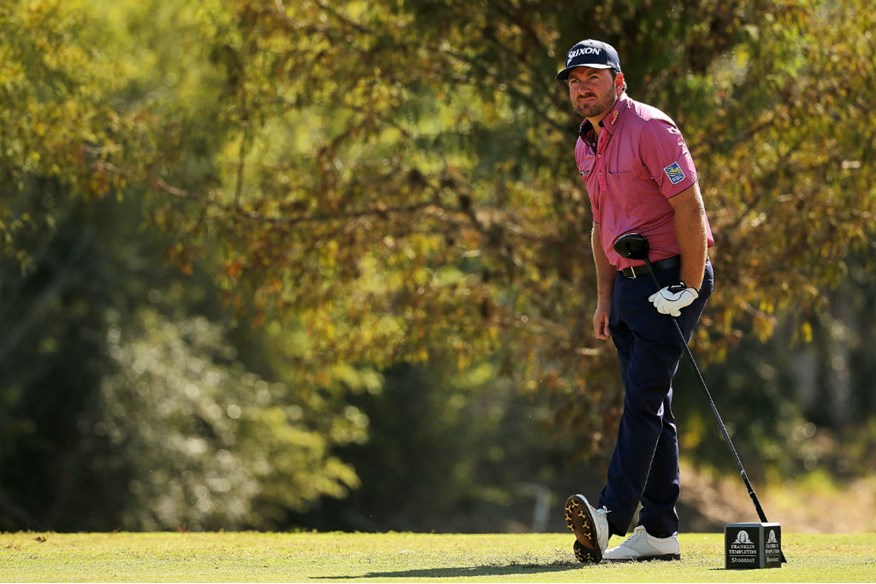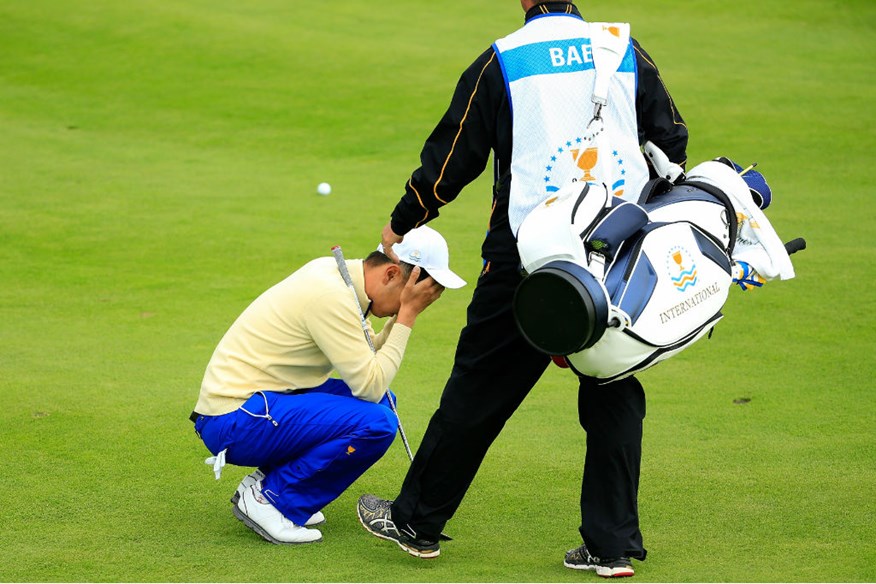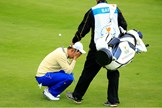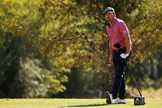Don’t let doubt and negativity destroy your golf game
Published:
Back in 2008, Graeme McDowell was leading the Scottish Open by four shots with just four holes to play. It was the first time he had been in a position of having a healthy lead going into the final few holes. But at this moment – on the brink of success, and playing the best golf of his career – a little voice popped into his head, telling him he was going to top the ball off the end of the tee. “I couldn’t get that thought out of my head,” he later told me. “Every part of me was shaking.”
There is a perception among club golfers that tour professionals have iron-clad minds that don’t allow negativity and doubt to enter. Don’t you believe it. As McDowell’s story shows, even the very best players experience the same doubts and fears that plague any amateur. The difference is that they have found a way to cope with it; if they hadn’t, they wouldn’t be on tour.
Unfortunately – and no one knows why – our brains have a nasty and irrational habit of throwing negativity at you at important moments. It is a natural and normal process; experiencing doubt is not a sign of mental weakness. But the key to dealing with doubt – a lesson Tour pros have intuitively learned – is that trying to control it makes it worse. Try to block it out, or argue with it, and you become attached to the doubt – and that’s when it becomes a problem. After all, whatever you resist, you strengthen.
Instead, the way to deal with doubt is to see it for what it is – negative thoughts thrown up irrationally by the brain – and then get back to focusing on the processes that give you your best chances of success.
In some psychological circles they talk of the thinking mind and the observing mind. The former is our usual chatter of negativity; the latter gives us an ability to watch it, accept it, and choose to get on with whatever you have to do.
Jonny Wilkinson is on record as saying he has never stopped doubting himself, and he is England’s all-time leading points scorer by a mile. But he has also revealed that, regardless of what’s going on, all he tries to do is create space in his mind where if he did A, B, C and D he was going to do what he needed to do to kick that goal. This is a great example of the observing mind at work, accepting the doubt and getting on with the processes.

Darren Clarke has a similar story. He shot 60 at The K Club in 2006, but he went to the first tee that day wracked with doubt after having one of the worst practice sessions he’d ever had, even shanking half-a-dozen shots. He told me afterwards that he had gone back to basics, just making solid contact with the ball and not trying anything fancy. It was fairway-green, fairway-green… suddenly a few putts go in and he is away.
If you want to deal with doubts better, get good at observing them rather than believing them. There is a Buddhist theme that doubts are like clouds scudding under a clear blue sky. Whether you buy into that or not, it’s a good way of picturing their lack of substance, and their transient nature.
Having observed doubt, copy Wilkinson and Clarke and get back to doing the two to three things you need to do on every shot to give you the best possible chance of success with it. If you don’t know these, work with your coach to create them. They could be a swing focus or something more physical. For McDowell it has always been to exhale fully before stepping into the shot, a breath that reduces tension and clears his mind.
It worked on the 15th tee at Loch Lomond; he didn’t top the ball… and he went on to win that Scottish Open.


